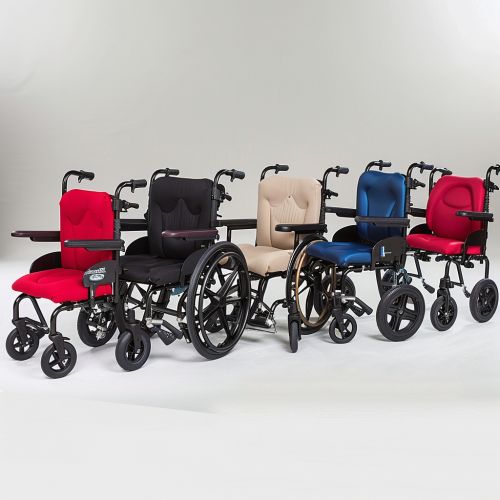Assistive Technology
Overview
Assistive technology (AT) is a broad term used to refer to devices, software, or equipment that help people with disabilities perform functions that might otherwise be difficult or impossible. This can include everything from wheelchairs and hearing aids to speech recognition software and screen readers. The goal of assistive technology is to increase, maintain, or improve the functional capabilities of individuals with disabilities, allowing them to participate more fully in their personal and professional lives.
History
The concept of assistive technology has been around for centuries, with early examples including the use of eyeglasses and hearing trumpets. However, the field really began to take shape in the 20th century, with the development of more sophisticated devices such as electronic wheelchairs and cochlear implants. The advent of the computer age in the late 20th century led to a significant expansion of the field, with the development of a wide range of software and hardware designed to assist individuals with various types of disabilities.
Types of Assistive Technology
Assistive technology can be divided into several categories, based on the type of function they perform or the type of disability they are designed to assist with. These categories include:
Mobility Aids


Mobility aids are devices designed to assist individuals with mobility impairments. This can include wheelchairs, walkers, canes, and prosthetic limbs. These devices can be essential for individuals with physical disabilities, allowing them to move around their environment more easily and independently.
Hearing Aids
Hearing aids are devices designed to assist individuals with hearing loss. They work by amplifying sounds, allowing the user to hear more clearly. There are many different types of hearing aids available, ranging from small, in-ear devices to larger, behind-the-ear models.
Vision Aids
Vision aids are devices designed to assist individuals with vision loss. This can include magnifying glasses, screen readers, and braille displays. These devices can help individuals with vision impairments to read, write, and navigate their environment.
Communication Aids
Communication aids are devices designed to assist individuals with communication impairments. This can include speech-generating devices, sign language apps, and text-to-speech software. These devices can be essential for individuals with speech or language impairments, allowing them to communicate more effectively with others.
Benefits of Assistive Technology
The benefits of assistive technology are numerous and can vary greatly depending on the individual and the type of device. However, some of the most common benefits include increased independence, improved quality of life, and increased participation in social and professional activities. Assistive technology can also provide significant benefits for caregivers, reducing the amount of physical and emotional strain associated with caring for an individual with a disability.
Challenges and Limitations
While assistive technology can provide significant benefits, there are also a number of challenges and limitations associated with its use. These can include the cost of devices, the need for training and support, and the potential for stigma associated with the use of assistive devices. Additionally, not all individuals with disabilities will benefit from the use of assistive technology, and it is important to consider the individual's specific needs and abilities when selecting a device.
Future Trends
The field of assistive technology is constantly evolving, with new devices and technologies being developed all the time. Some of the key trends in the field include the increasing use of artificial intelligence, the development of more customizable devices, and the integration of assistive technology into mainstream products and services.
See Also
Adaptive Technology Rehabilitation Engineering Universal Design
